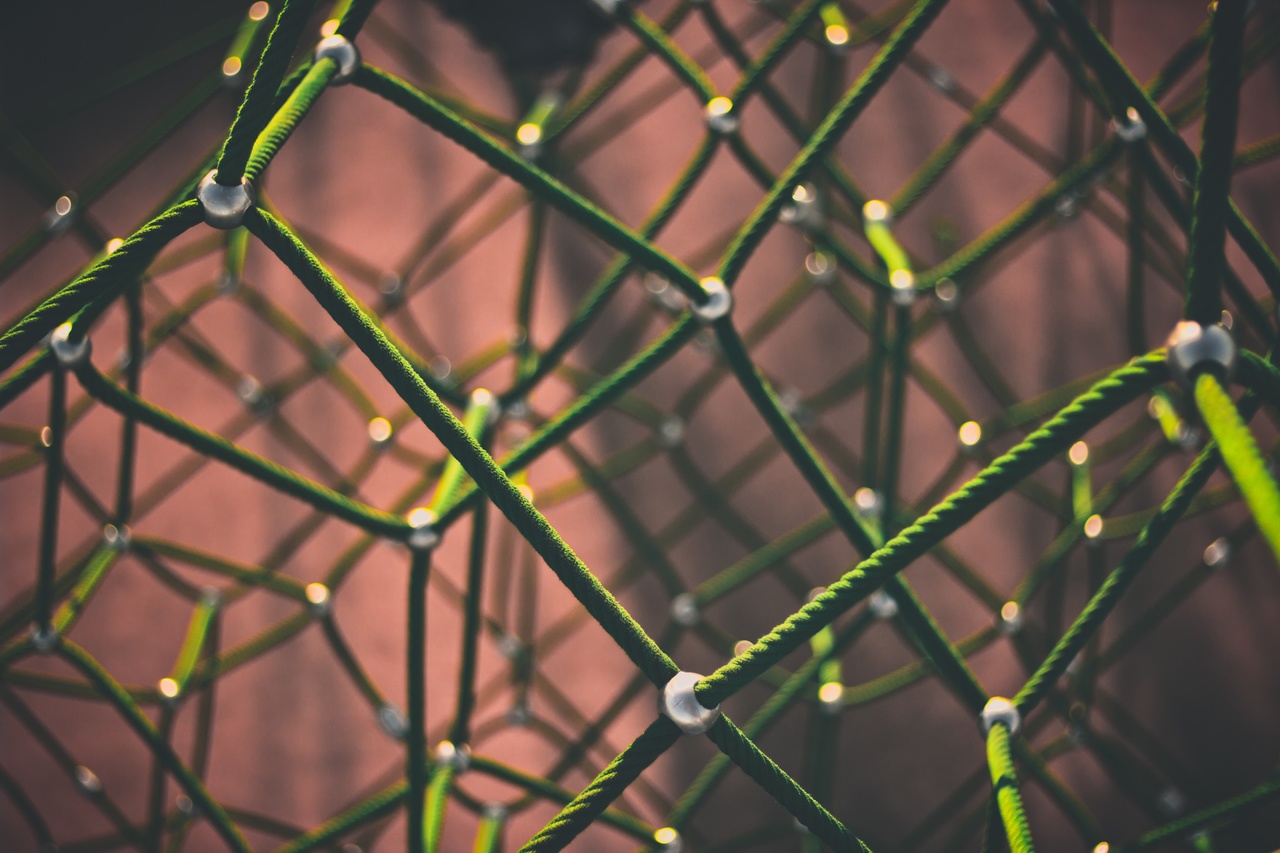The GreenTU initiative aims to promote sustainability through networking between students and lecturers. Now there is the Green Thread Initiative. What can we expect from it?
Over the past few years a green network has grown across the campus (Photo: pxhere)
The green wave at TU Delft started as the ‘Sustainability Community’ in 2014. About four years ago four students at the Faculty of Mechanical Engineering, Maritime Technology and Materials Science (3mE) longed for more commitment to sustainability in education. They took the initiative and set up a movement under the playful name Green-mE and produced a new guide for first-year students, a video on ecological design and a website with teaching materials. In 2020, the network expanded to the Faculties of Architecture (BKGreen) and Technology, Policy & Management (TPM’s GreenTeam) and most other faculties as well. Meanwhile, the green wave is all over the campus and GreenTU is the umbrella organisation, previously called Green Office. What can we expect from them next year?
Ambitions
Tim Kaasjager, Chairman of the GreenTeam at the Faculty of Applied Sciences (AS) explains. “We are going to help TU Delft realise its sustainability ambitions.” Those ambitions are substantial and extend to education, research and TU Delft’s own campus. They are mentioned on a special website, inspired by the sustainable development goals of the United Nations. So the GreenTeams are going to make TU Delft more sustainable. But how?
“At a given faculty, the GreenTeam, which usually consists of three to four students, operates mainly at the small-scale and concrete level. At AS, for example, we were dissatisfied with the energy consumption in the old physics building, but in consultation with the Faculty Manager we chose to focus on education first, because we could exert greater influence there.” Two examples are that an introductory lab course was extended to include an experiment on solar cells, and the Electricity & Magnetism course now covers wind energy storage.
Green Thread
“GreenTeams from other faculties make different choices. The Teams meet about two or three times a half year as members of GreenTU. There we learn from each other’s experiences.”
An example of learning from each other’s experience is the construction called ‘Green Thread’. This involves the Executive Board releasing money with which GreenTeams can hire Teaching Assistants (TAs) to work out changes in courses. “This is a cheap way for TU Delft to work on its climate targets,” Kaasjager notes.
‘I have learned that criticism is not rejection’
The physics student has experienced varying enthusiasm for sustainability among lecturers. He was energised by lecturers who got to work developing new teaching materials themselves. Others were more reserved and greeted him with critical questions. “But I have learned that criticism does not mean rejection,” says Kaasjager. “If you come up with a well-developed plan, a lot is possible.”
As of September, the current GreenTeams at Applied Sciences will start inducting their successors. Whether they will also focus on education, or choose a different pathway, is up to them. So what we can expect from the new AS GreenTeam, we cannot say yet. Students at the end of their bachelor or the beginning of their master are ideal candidates for the GreenTeams because they are well acquainted with the different courses and teachers.
- Want to know more about GreenTU and the GreenTeams? Have a look at their Facebook page, website or Instagram.
• Article updated on 23 August in response to mail from GreenTU’s secretary
Do you have a question or comment about this article?
j.w.wassink@tudelft.nl


Comments are closed.